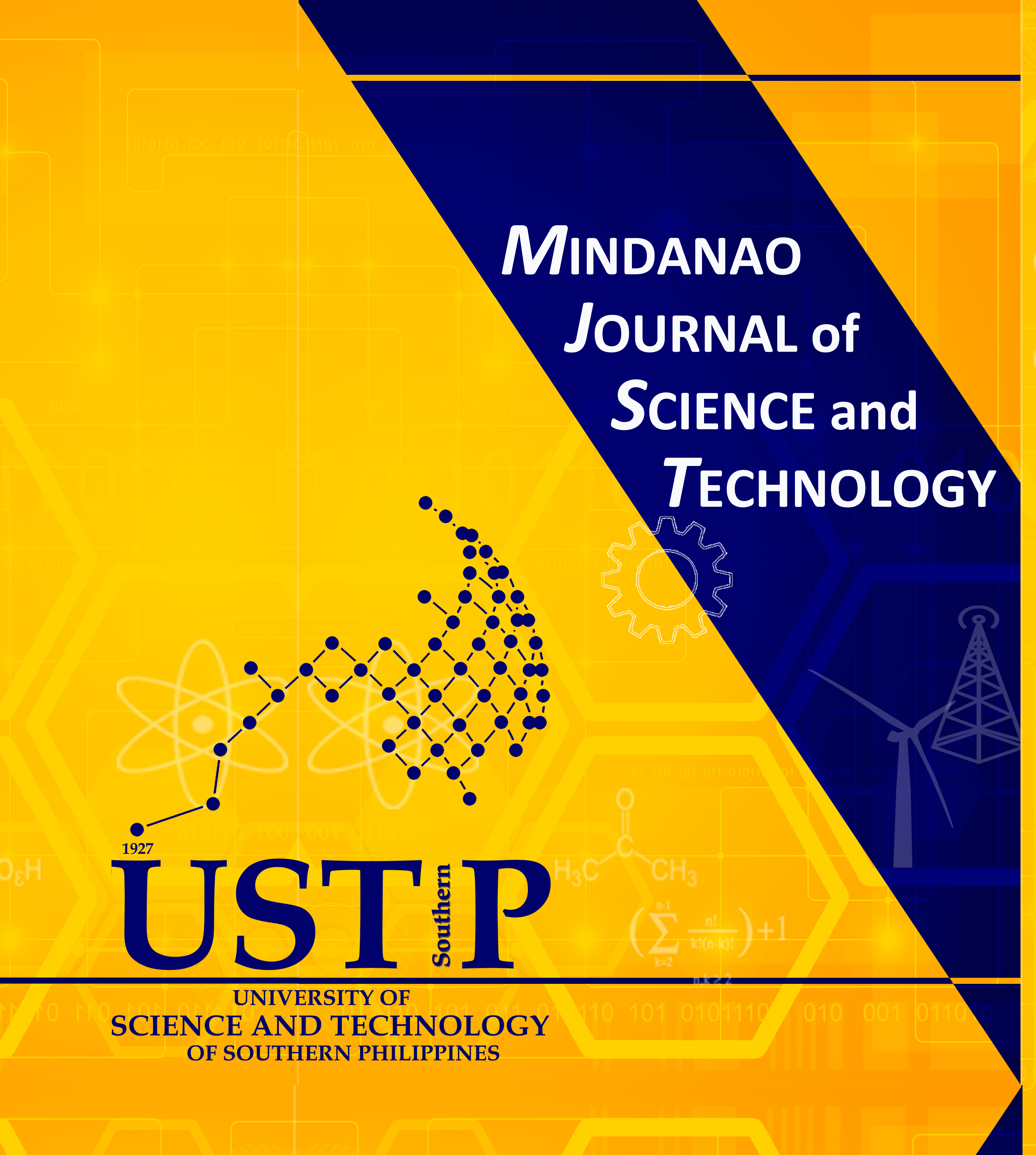Computational Investigation of Neutron Field modified with Various Materials
Keywords:
MCNP, neutron field modification, neutron spectrum, neutron transportAbstract
Medical accelerators, such as cyclotrons for Positron Emission Tomography (PET) and linear accelerators (LINAC), generate neutrons as a byproduct during operation. Neutron fields in these facilities tend to vary depending on the facility design as well as the presence of various materials in the facility. Unfortunately, these variations in the neutron field cannot be accounted for by neutron survey meters that are typically deployed in the workplace for radiation monitoring. In this work, the researchers used Monte-Carlo-N-Particle (MCNP) 6.1 to investigate the extent of field modification with materials that are commonly found in accelerator facilities. A computational investigation was performed using the field of the 252Cf source in the Philippine Nuclear Research Institute Neutron Laboratory (PNL) that was modified using polyethylene, lead, concrete and water. Variations in the spatial and energy distribution of neutron fluence as a result of introducing each modifier were presented. It was found that the relative deviation in the neutron dose due to polyethylene, lead, concrete and water modifiers were 96, 47, 83 and 94%, respectively. The result of this work was used as a basis for experiments performed at the PNL to investigate the limitations of commercial neutron survey meters when conducting dose measurements in different neutron fields.










